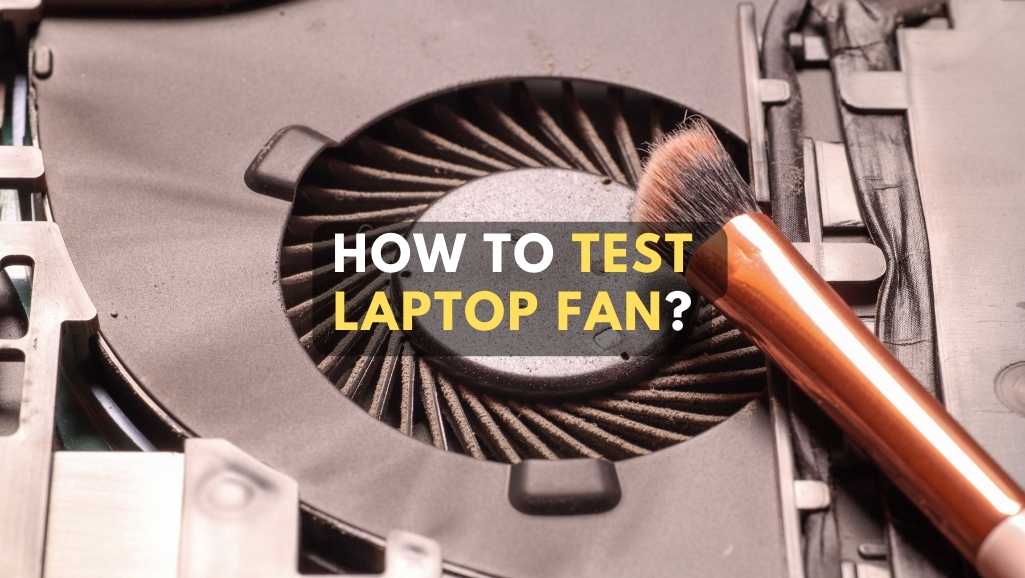
Ultimate Guide To Fix HP Laptop Cooling Fan Not Working
When your HP laptop’s cooling fan is not working, it can lead to overheating issues that may affect the performance and lifespan of your device.

 Laptop fans are crucial components, often overlooked until issues arise. In this section, we dive into why these fans are essential and how testing them regularly benefits your laptop. Let’s get started!
Laptop fans are crucial components, often overlooked until issues arise. In this section, we dive into why these fans are essential and how testing them regularly benefits your laptop. Let’s get started!
 This involves carefully opening the laptop to visually inspect the fan and other cooling components. During this inspection, you can check for physical damage, dust build-up, or any obstructions that might impede the fan’s operation. It’s also an opportunity to assess the condition of thermal paste, which plays a crucial role in heat dissipation. However, this method requires a certain level of technical expertise and should be approached with caution to avoid damaging sensitive components.
This involves carefully opening the laptop to visually inspect the fan and other cooling components. During this inspection, you can check for physical damage, dust build-up, or any obstructions that might impede the fan’s operation. It’s also an opportunity to assess the condition of thermal paste, which plays a crucial role in heat dissipation. However, this method requires a certain level of technical expertise and should be approached with caution to avoid damaging sensitive components.


a close-up of a dusty laptop fan within an opened laptop case. The dust accumulation is significant, covering the fan blades and surrounding areas. The laptop’s interior parts are visible, including a portion of the motherboard and various connectors.

The image shows a clean laptop cooling fan after the removal of dust, situated within the open casing of the laptop. The fan blades and the vent area are now free of debris, showcasing the fan’s details.

When your HP laptop’s cooling fan is not working, it can lead to overheating issues that may affect the performance and lifespan of your device.

Is your MacBook’s fan persistently whirring like a turbo engine about to blast off? Do you have to barricade it with pillows to dampen the

Welcome to our comprehensive blog post on ‘How to Test Your Laptop Fan.’ In today’s fast-paced digital world, your laptop is more than just a
|
*We are OPEN on 3 May 2025 (Polling Day). CLOSED ON 1 May 2025 (Labour Day) |